-
Our ProductsLoansCardsInsuranceInvestmentsStock MarketElectronics MallCIBIL ScoreKnowledge CentreAcademyCalculators
- Our Services
- My Account
- Discover
Domestic Institutional Investors (DIIs) in India
Domestic Institutional Investors (DIIs) play an important role in shaping India's capital markets. These institutions help channel household savings into financial markets and may contribute to market participation during volatile periods.
What Are Domestic Institutional Investors (DIIs)
Domestic Institutional Investors (DIIs) are financial institutions based in India that invest in domestic financial markets, including stocks and bonds. These institutions include mutual funds, insurance companies, pension funds, banks, and Non-Banking Financial Companies (NBFCs). The funds they manage are typically sourced from Indian individuals, policyholders, or entities, distinguishing them from foreign investors.
DIIs operate on a pooled investment model, where capital collected from multiple investors is allocated across various asset classes. This structure allows for centralised, professionally managed investment decisions, guided by regulatory frameworks and internal policies.
Types of DIIs in India
DIIs encompass a range of institutional categories that have significant stakes in the Indian markets:
Mutual Funds: These are the most visible DIIs. Fund houses like HDFC AMC, ICICI Prudential, and SBI Mutual Fund manage equity and debt investments for retail and institutional clients.
Insurance Firms: Companies such as LIC, HDFC Life, and SBI Life invest premium collections into various asset classes, including equities and government securities.
Pension Funds: The Employees' Provident Fund Organisation (EPFO) is the largest pension manager in India, with growing allocations to equities.
Banks: Public and private sector banks also participate in equity markets via treasury operations.
NBFCs: While not always primary equity investors, NBFCs often invest in debt instruments, contributing to market liquidity.
These varied entities make up the backbone of domestic market participation.
How Do DIIs Work
DIIs operate by aggregating funds from various sources like retail investments, insurance premiums, SIPs, and pension contributions. These pooled funds are managed professionally by fund managers who allocate capital across multiple asset classes to pursue returns.
DIIs are regulated by the Securities and Exchange Board of India (SEBI). They must comply with strict disclosure norms, asset allocation limits, and governance protocols. Their collective and long-term investment horizon enables them to mitigate short-term volatility, often providing stability to the markets.
Characteristics of DIIs
Several traits distinguish DIIs and explain their growing importance:
SEBI-Regulated: DIIs function under stringent regulatory frameworks aimed at maintaining transparency and accountability.
Long-Term Outlook: Unlike speculative players, DIIs have a long investment horizon aligned with policy maturity timelines and retirement goals.
Risk-Adjusted Approach: Investment decisions are driven by risk management frameworks and fundamental research.
Preference for Domestic Equities: Most DIIs focus on Indian equities and bonds, supporting the domestic economy.
Collective Investment Power: With access to pooled resources, DIIs may have a measurable presence in market activity owing to the scale of their investments.
Why DIIs Matter
Domestic Institutional Investors (DIIs) play an important role in India’s capital markets through consistent participation. During periods of Foreign Institutional Investor (FII) outflows, DII activity can help balance market movements. Their investment trends are sometimes viewed as a reflection of domestic sentiment toward market fundamentals.
They contribute to:
Market Liquidity: DIIs maintain trading volumes during uncertain periods.
Capital Formation: By channeling household savings into businesses and infrastructure.
Encouraging Retail Participation: Through SIPs and other investment avenues.
Financial Inclusion: By making market participation accessible to a broader base of the population.
How DIIs Affect the Indian Stock Market
DIIs have a tangible influence on market direction and investor sentiment. For example:
During FII Outflows: DII participation may help offset selling activity, depending on market conditions.
Sector Rotation: Large-scale reallocation by DIIs into or out of sectors can lead to rallies or corrections.
Policy Signals: DII activity can reflect market optimism or caution based on domestic policies or earnings cycles.
Real Example:
For example, in March 2020, while FIIs sold Indian equities, DIIs were net buyers. This activity coincided with efforts to balance market flows during a volatile period.
Conclusion
Domestic Institutional Investors are integral to India’s capital market ecosystem. By investing domestic savings into equities and bonds, DIIs play a role in channeling savings toward economic growth, financial inclusion, and stability. Their growing influence underscores the maturing nature of Indian financial markets.
Disclaimer
This content is for informational purposes only and the same should not be construed as investment advice. Bajaj Finserv Direct Limited shall not be liable or responsible for any investment decision that you may take based on this content.
FAQs
Who are the domestic institutional investors in India?
DIIs include Indian mutual funds, insurance firms like LIC, pension funds like EPFO, banks, and NBFCs.
How do DIIs differ from foreign institutional investors (FIIs)?
DIIs invest domestic capital, are based in India, and follow a long-term strategy, while FIIs invest foreign capital and can be more volatile.
Where can I find data on DIIs in India?
You can track DII data on NSE and BSE websites, as well as through SEBI's periodic reports.
Why are DIIs important to the Indian market?
They offer price stability, support during market downturns, and promote domestic savings investment.
Recent examples of DII market activity?
In early 2023, DIIs consistently bought equities during FII selloffs, particularly in sectors like banking and FMCG.
Anshika brings 7+ years of experience in stock market operations, project management, and investment banking processes. She has led cross-functional initiatives and managed the delivery of digital investment portals. Backed by industry certifications, she holds a strong foundation in financial operations. With deep expertise in capital markets, she connects strategy with execution, ensuring compliance to deliver impact.
Related Blogs

Roshani Ballal

Geetanjali Lachke

Roshani Ballal

Geetanjali Lachke

Geetanjali Lachke

Nupur Wankhede

Roshani Ballal

Roshani Ballal

Roshani Ballal
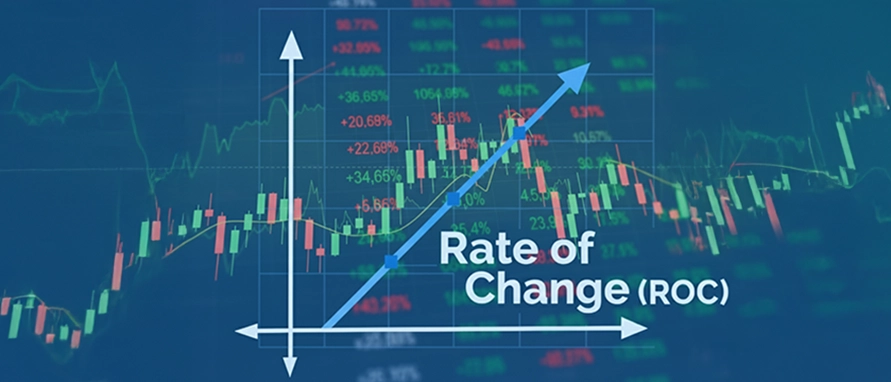
Nupur Wankhede

Anshika

Anshika

Nupur Wankhede

Nupur Wankhede

Anshika

Nupur Wankhede

Anshika

Geetanjali Lachke

Roshani Ballal

Anshika

Anshika

Nupur Wankhede
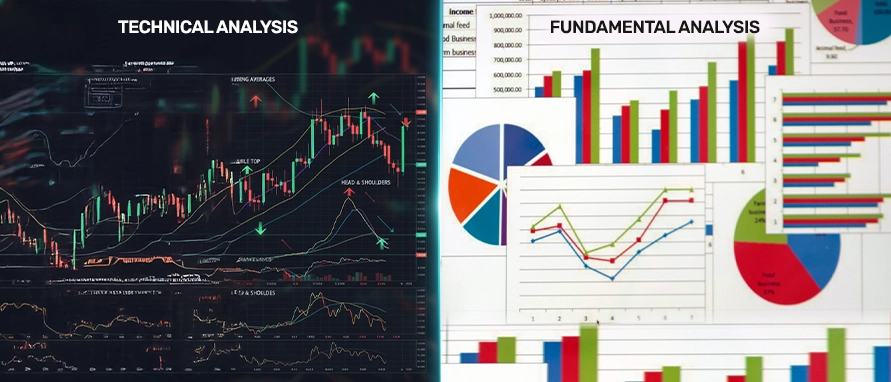
Anshika

Nupur Wankhede

Nupur Wankhede

Geetanjali Lachke

Roshani Ballal

Roshani Ballal

Geetanjali Lachke

Nupur Wankhede

Anshika

Nupur Wankhede

Nupur Wankhede

Nupur Wankhede

Nupur Wankhede

Nupur Wankhede

Nupur Wankhede

Nupur Wankhede

Geetanjali Lachke

Geetanjali Lachke

Roshani Ballal

Nupur Wankhede

Anshika

Anshika

Nupur Wankhede

Nupur Wankhede

Nupur Wankhede

Nupur Wankhede

Nupur Wankhede

Nupur Wankhede

Nupur Wankhede

Nupur Wankhede

Nupur Wankhede

Nupur Wankhede

Nupur Wankhede

Nupur Wankhede

Roshani Ballal

Anshika

Nupur Wankhede

Geetanjali Lachke

Nupur Wankhede

Nupur Wankhede

Anshika
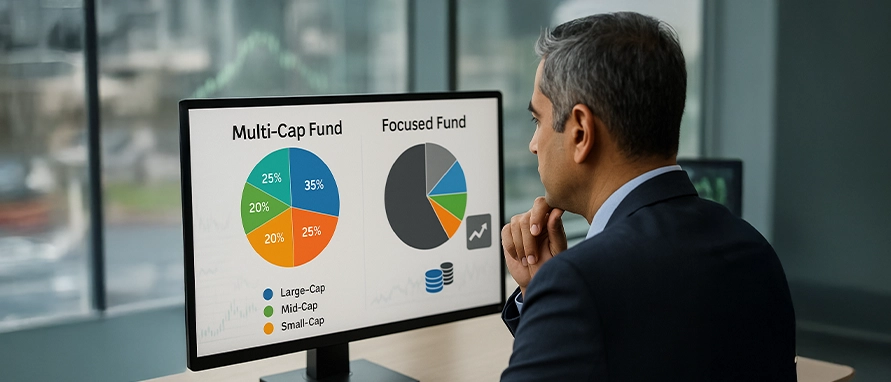
Anshika

Nupur Wankhede

Anshika

Anshika

Nupur Wankhede
.webp)
Nupur Wankhede

Nupur Wankhede

Nupur Wankhede

Nupur Wankhede

Nupur Wankhede

Nupur Wankhede
.webp)
Nupur Wankhede

Nupur Wankhede

Nupur Wankhede

Nupur Wankhede
-in-India.webp)
Nupur Wankhede

Nupur Wankhede

Nupur Wankhede

Anshika

Nupur Wankhede

Nupur Wankhede

Anshika

Anshika

Nupur Wankhede

Nupur Wankhede

Nupur Wankhede

Nupur Wankhede

Nupur Wankhede

Nupur Wankhede

Nupur Wankhede

Nupur Wankhede

Anshika

Nupur Wankhede

Nupur Wankhede

Nupur Wankhede

Nupur Wankhede

Anshika

Nupur Wankhede

Nupur Wankhede
-Meaning-Importance.webp)
Nupur Wankhede

Anshika

Nupur Wankhede
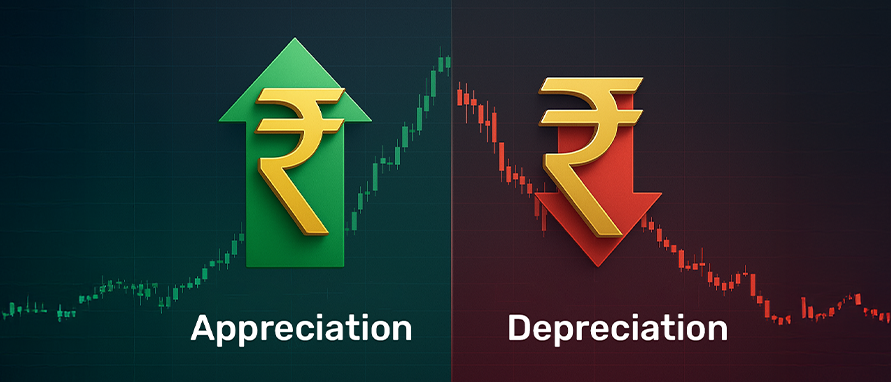
Anshika

Nupur Wankhede

Nupur Wankhede

Nupur Wankhede

Geetanjali Lachke

Geetanjali Lachke

Geetanjali Lachke

Anshika

Anshika

Nupur Wankhede

Nupur Wankhede
-portfolio.webp)
Nupur Wankhede

Anshika

Roshani Ballal

Geetanjali Lachke

Geetanjali Lachke

Geetanjali Lachke

Geetanjali Lachke

Geetanjali Lachke

Roshani Ballal

Geetanjali Lachke

Geetanjali Lachke

Geetanjali Lachke

Roshani Ballal

Roshani Ballal

Geetanjali Lachke

Roshani Ballal

Roshani Ballal

Roshani Ballal

Roshani Ballal

Roshani Ballal

Roshani Ballal








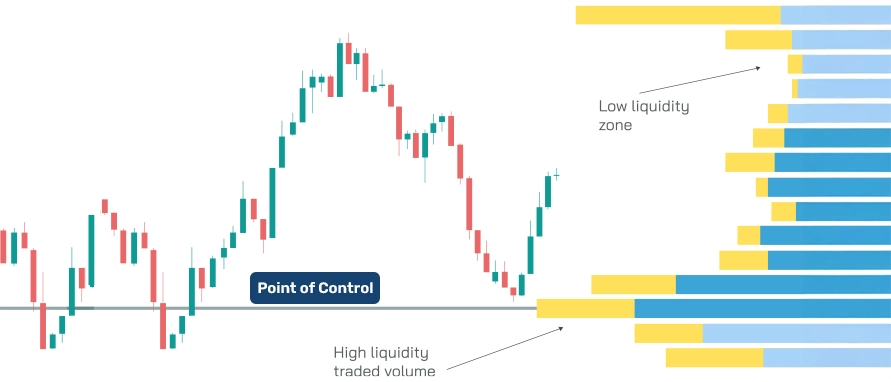
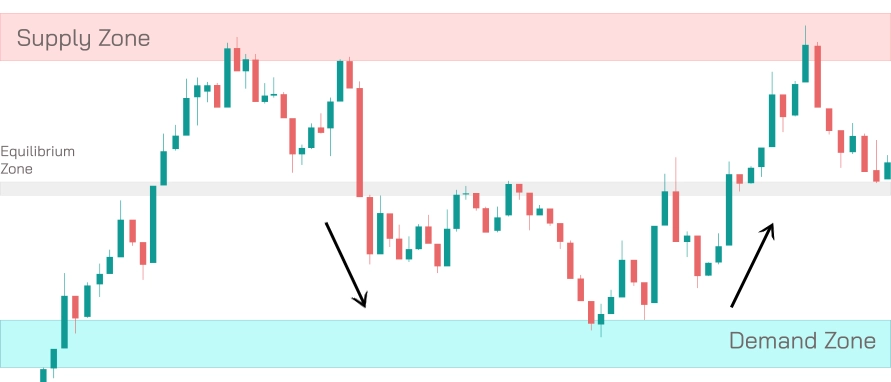

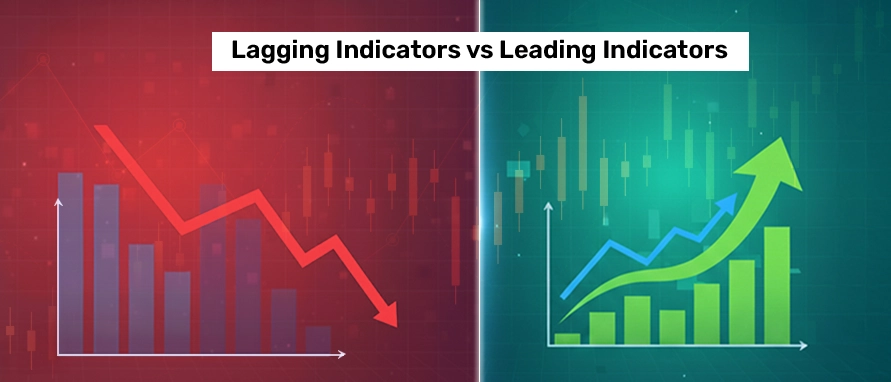
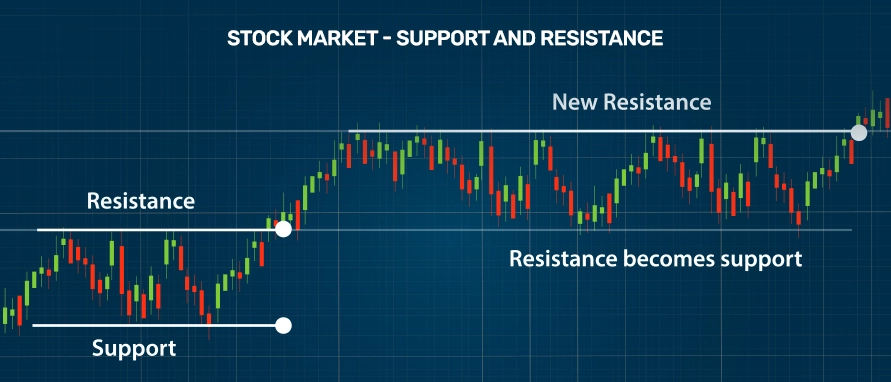
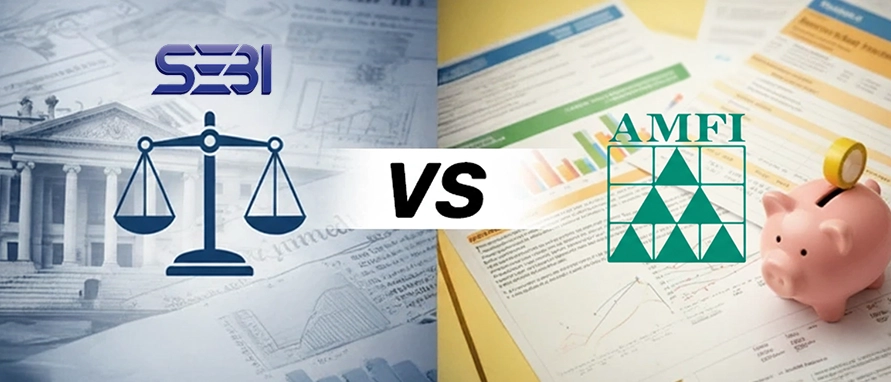





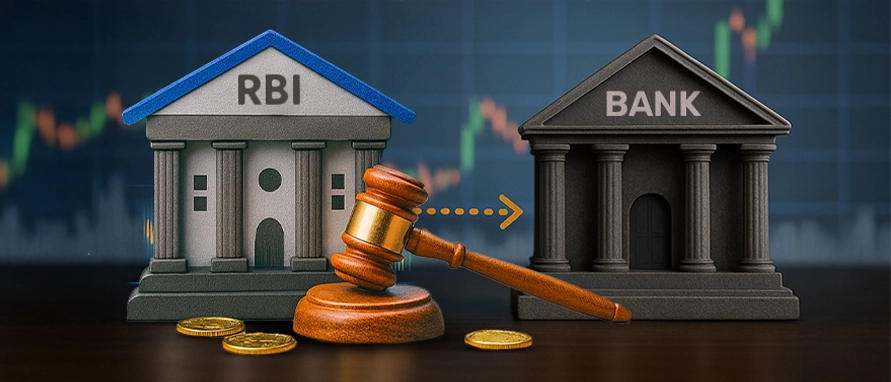
.webp)

.webp)
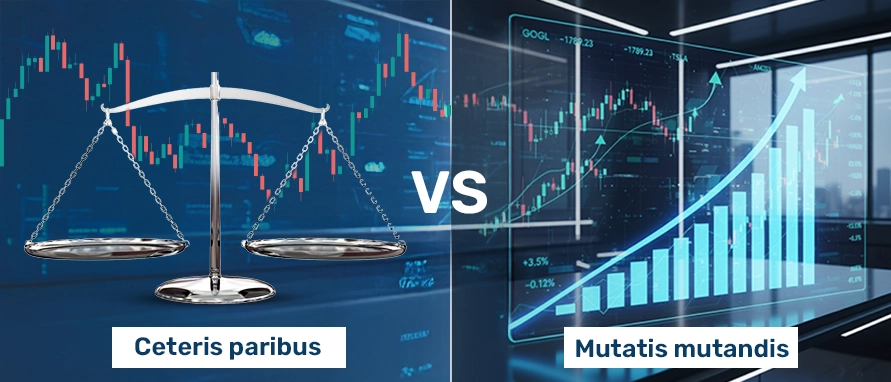












































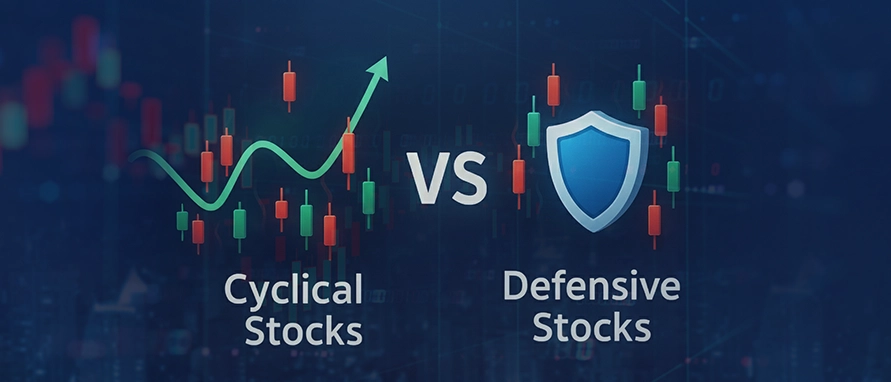




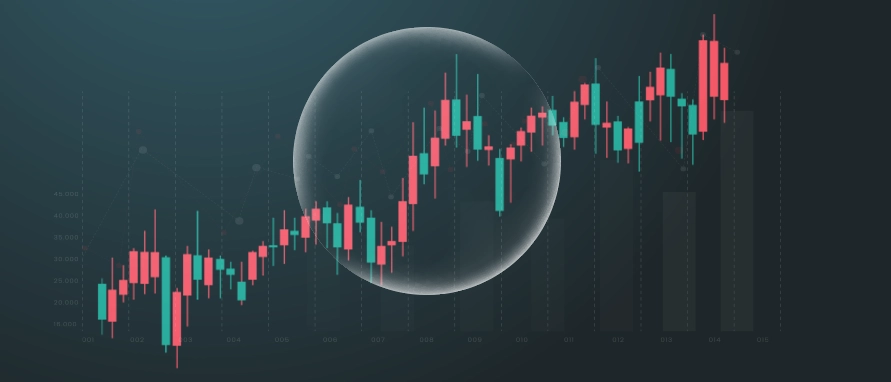

















.webp)



.webp)




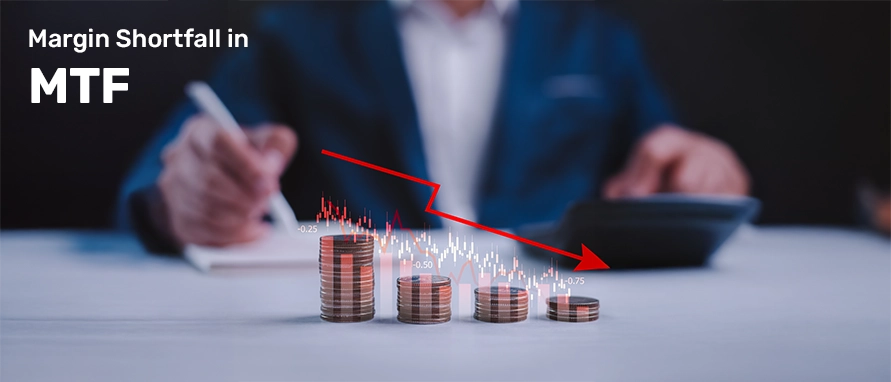

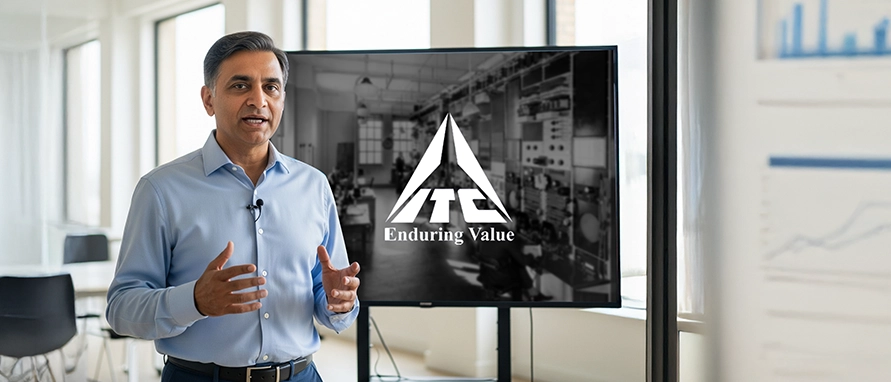




.webp)




.webp)
































